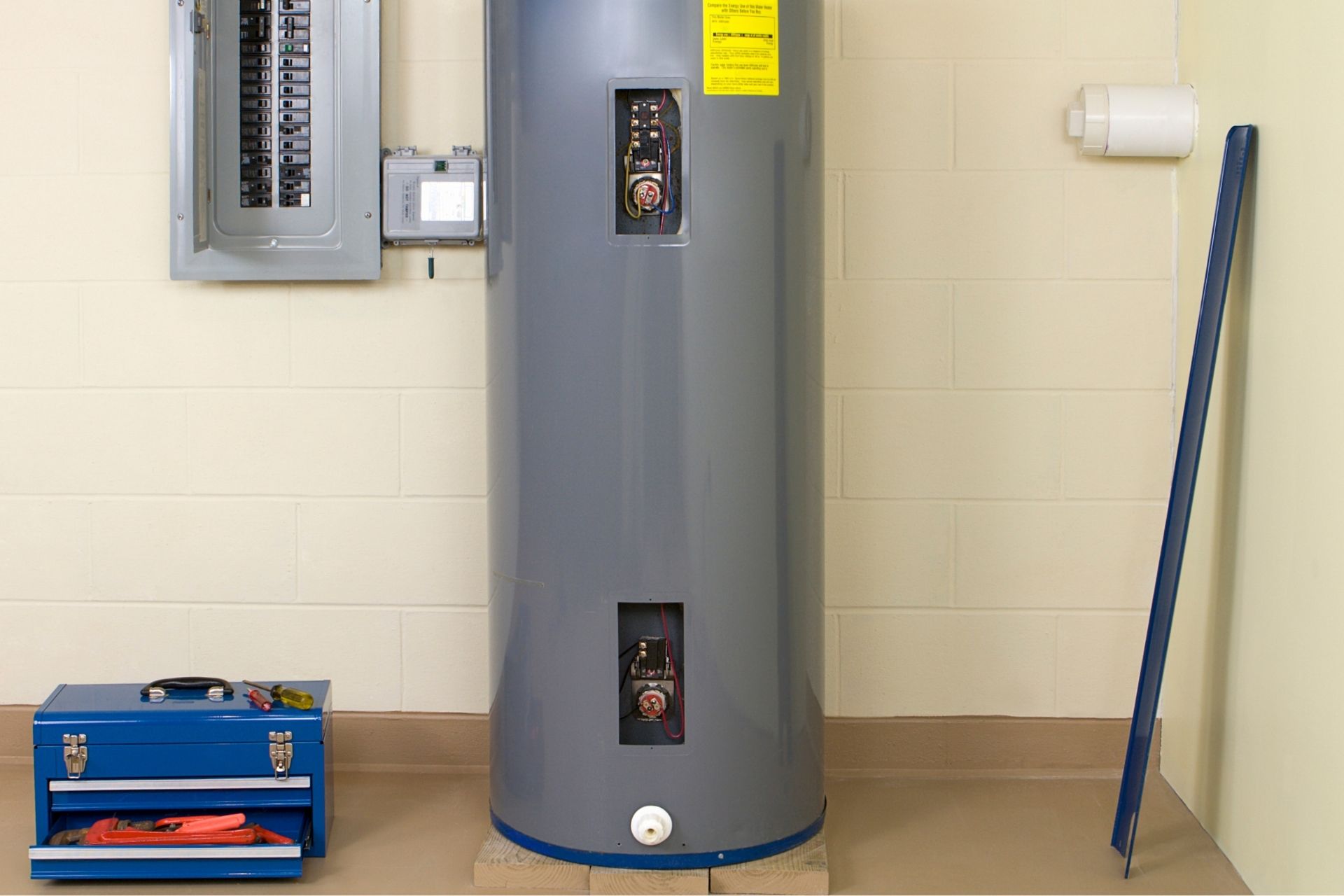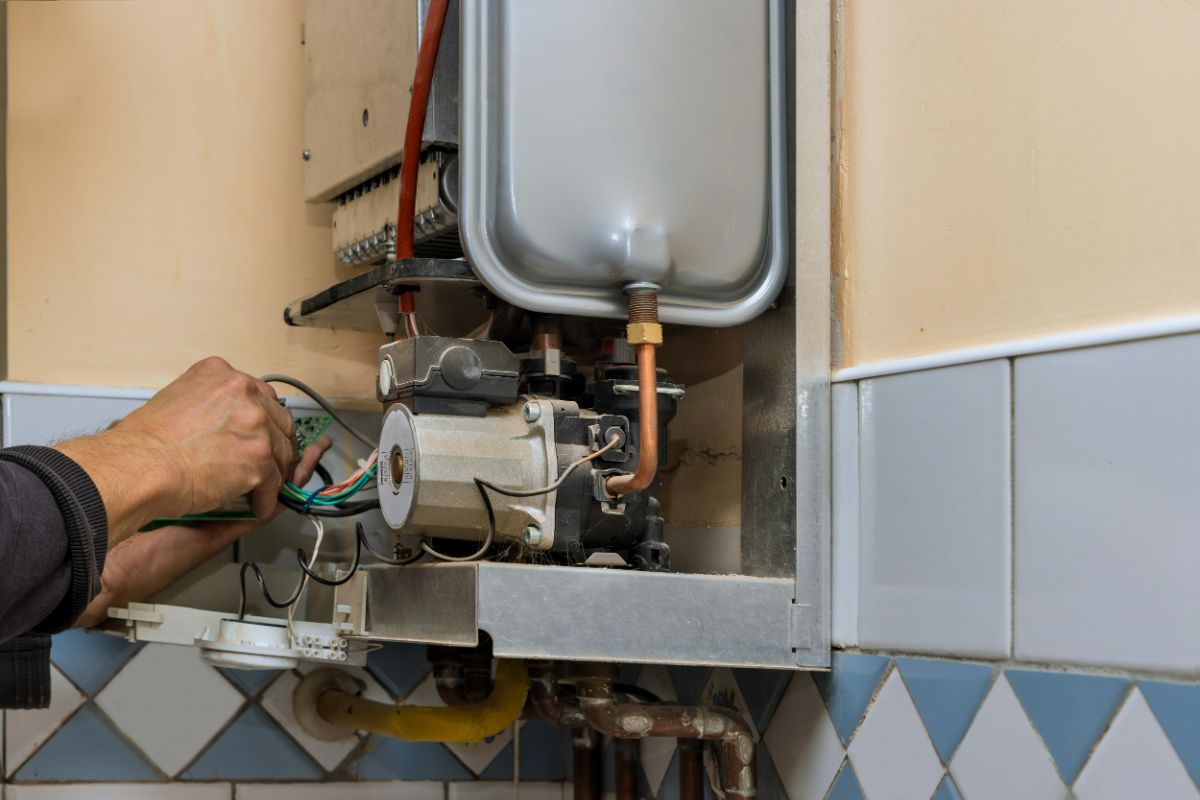Effective Techniques for Caring for Your Home's Hot Water System
Click HereEvery person has got their unique way of thinking on the subject of How to Maintain a Hot Water Heater in a Few Simple Steps.

Warm water is crucial for day-to-day comfort, whether it's for a rejuvenating shower or washing dishes. To guarantee your hot water system runs successfully and lasts much longer, routine maintenance is key. This article provides sensible tips and understandings on exactly how to maintain your home's warm water system to prevent disruptions and pricey repairs.
Intro
Maintaining your home's warm water system may seem daunting, yet with a few simple steps, you can guarantee it operates smoothly for years to find. This overview covers every little thing from comprehending your warm water system to do it yourself upkeep ideas and knowing when to call in specialist help.
Relevance of Preserving Your Warm Water System
Routine upkeep not just expands the lifespan of your warm water system yet additionally ensures it operates successfully. Disregarding maintenance can bring about lowered performance, higher energy costs, and even premature failing of the system.
Indications Your Warm Water System Needs Upkeep
Knowing when your hot water system needs interest can protect against major issues. Watch out for signs such as irregular water temperature level, strange sounds from the heating system, or rustic water.
Recognizing Your Hot Water System
Before diving right into upkeep jobs, it's useful to recognize the basic elements of your warm water system. Generally, this consists of the hot water heater itself, pipes, anode poles, and temperature level controls.
Monthly Maintenance Tasks
Routine month-to-month checks can help capture minor concerns prior to they escalate.
Purging the Water Heater
Flushing your hot water heater eliminates sediment accumulation, enhancing performance and lengthening its life.
Monitoring and Changing Anode Rods
Anode poles avoid rust inside the container. Inspecting and changing them when broken is important.
Checking and Readjusting Temperature Level Settings
Adjusting the temperature setups ensures optimal efficiency and safety.
DIY Tips for Maintenance
You can carry out several maintenance tasks yourself to maintain your warm water system in top condition.
Looking for Leakages
Consistently evaluate pipes and connections for leakages, as these can bring about water damages and higher bills.
Examining Pressure Alleviation Valves
Testing the pressure safety valve guarantees it operates correctly and stops extreme pressure buildup.
Protecting Pipes
Protecting hot water pipes lowers warm loss and can save energy.
When to Call a Specialist
While DIY upkeep is beneficial, some issues need professional experience.
Facility Problems Calling For Expert Assistance
Examples include major leaks, electric troubles, or if your hot water heater is consistently underperforming.
Routine Professional Upkeep Benefits
Specialist maintenance can include comprehensive evaluations, tune-ups, and making sure compliance with safety and security criteria.
Final thought
Normal upkeep of your home's warm water system is crucial for effectiveness, durability, and cost financial savings. By complying with these pointers and recognizing when to look for specialist aid, you can guarantee a dependable supply of hot water without unforeseen disturbances.
How to Maintain an Instant Hot Water Heater
Before tinkering with your hot water heater, make sure that it’s not powered on. You also have to turn off the main circuit breaker and shut off the main gas line to prevent accidents. Also turn off the water valves connected to your unit to prevent water from flowing into and out of the appliance. 2. When you’re done, you have to detach the purge valves’ caps. These look like the letter “T†and are situated on either side of the water valves. Doing so will release any pressure that has accumulated inside the valves while at the same time avoid hot water from shooting out and burning your skin. 3. When the purge valves’ caps are removed, you have to connect your hosing lines to the valves. Your unit should have come with three hoses but if it didn’t, you can purchase these things from any hardware or home repair shops. You can also get them from retail stores that sell water heating systems. Read the user’s manual and follow it to complete this task properly. When the hosing lines are connected, open the purge port’s valves. 4. You should never use harsh chemical cleaners or solutions when cleaning your unit. Make use of white vinegar instead. It should be undiluted and you’ll probably use about 2 gallons. 5. Now flush your water heater. This task should probably take about 40 minutes. We can’t give you specific directions for this because the procedure is carried out depending on the type, model and brand of your heater. With that being said, refer to the user’s manual. 6. When you’re done draining the unit, you have to turn off the purge port valves again. Remove the hosing lines that you earlier installed on each of the water valves. Put the valve caps (purge port) back in their respective places and be very careful so as not to damage the rubber discs that are found inside these caps. 7. Now that everything’s back in place, check your user’s manual again to find out how to reactivate your water heating system. 8. Once it is working, turn one of your hot water faucets on just to let air pass through the heater’s water supply pipes. Leave the tap on until water flows smoothly out of it. https://www.orrplumbing.com/blog/2014/september/how-to-maintain-an-instant-hot-water-heater/

Hopefully you enjoyed reading our article about Tips on Maintaining a Water Heater. Thank you for taking time to browse our blog. Remember to take the time to share this blog post if you appreciated it. Thanks for being here. Kindly come by our blog back soon.
Book A Service Call